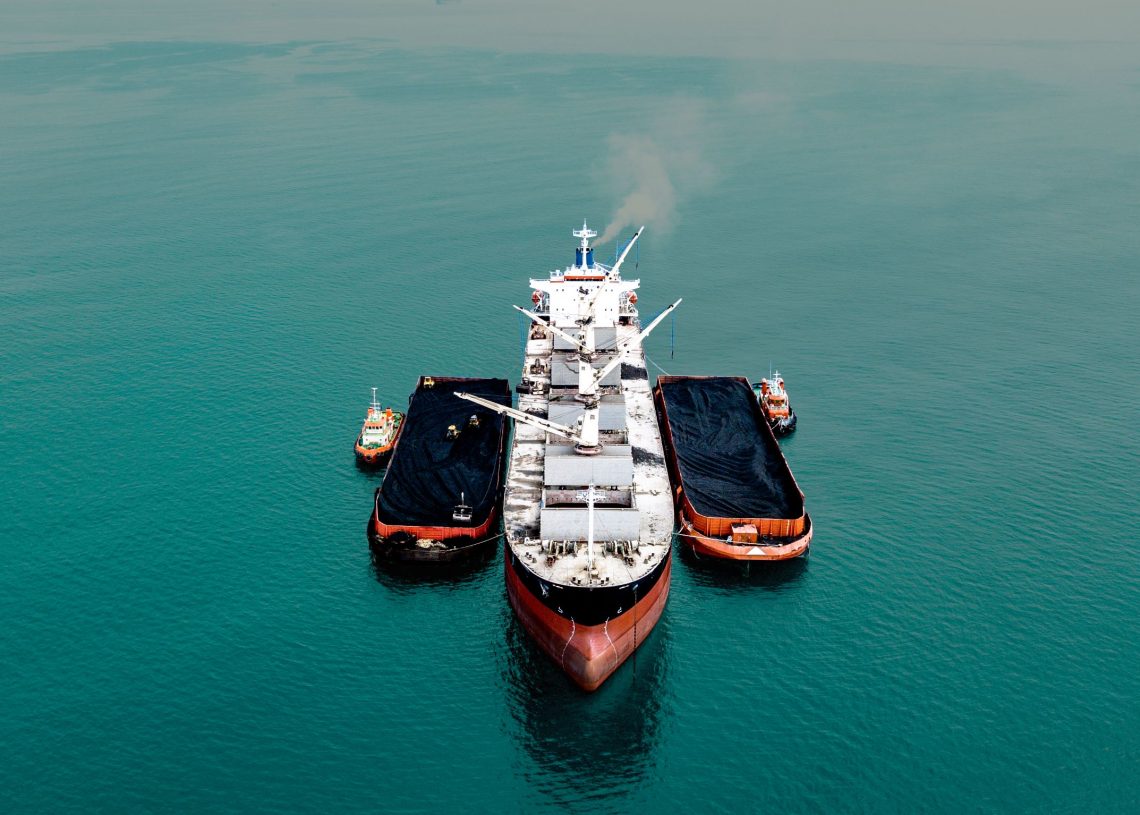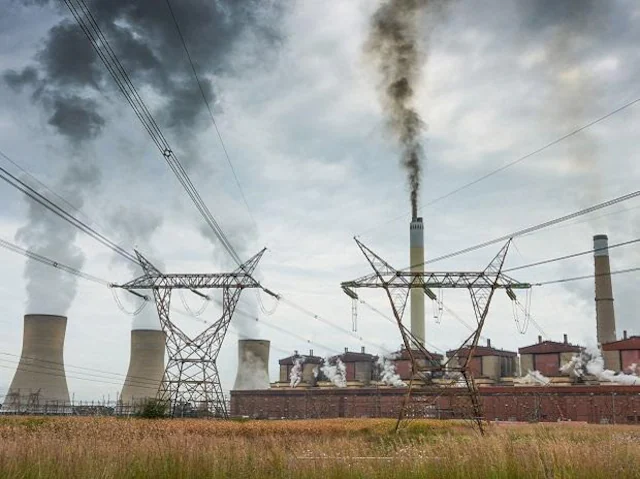

Vikas Singh | June 6, 2022
Over the past week, the European market saw thermal coal prices drop below 320 USD/t amid growing inventories at ARA terminals, closing long positions on the paper market and gas prices declining to 950 USD/m3. Coal stocks at ARA terminals have been increasing for 4 consecutive weeks, surpassing the 6 mio t mark, which is the highest level since November 2020.
Chancellor Olaf Scholz confirmed that Germany plans to reject imports of Russian coal before the heating season, replacing it with deliveries from other countries. Also, by the end of this year, Germany intends to close its last operating nuclear power plant, which is why coal is being relied on. The country’s Economy Ministry has prepared a bill stating that about 6.9 GW of capacity of coal-fired power plants, 1.9 GW of lignite and 1.6 GW of oil should be in reserve in case gas supplies from Russia are cut off, as has already happened with Bulgaria, Poland and Finland.
The price for South African coal slumped below 335 USD/t. South African material is becoming less attractive to Indian consumers, including power plants and cement manufacturers, amid growing discounts on coal from Russia. In addition, Pakistan, which imports nearly 70% of its steam coal from South Africa, was forced to reduce its purchases due to high prices and halt or even cut production at a number of cement plants. Consequently, Pakistan is switching to purchasing lower quality coal from other countries, including Afghanistan.
In China, spot prices for 5500 NAR increased by 2.5 USD/t to 186.5 USD/t FOB Qinhuangdao. Low coal stocks in Chinese ports and power plants contributed to strengthening of thermal coal quotations in the Chinese domestic market. As of May 25, 2022, coal inventories in Qinhuangdao port stood at 4.60 mio t (-0.10 mio t or -2% w-o-w).
The National Development and Reform Commission of China (NDRC) continues to supplement legislation to better control the coal price cap. On May 25, 2022, the NDRC announced that penalties against companies which sell coal at higher than the recommended prices will also include a 5-fold profit seizure or a fine of about 450,000 USD. The new amendments are expected to go into effect next month and the results of the inspections already conducted will be released shortly.
Rise in prices of Australian high-CV material above 420 USD/t resulted from limited supply and increasing demand from Japan and South Korea, seeking to replace imports of Russian coal. Heavy rainfall in Australia, preventing production ramp-up, also keeps supporting coal prices from Australia. Fiscal year benchmark negotiations between Glencore and Japan’s Tohoku Electric are still ongoing. Due to the prolonged negotiations, some Japanese consumers are using different pricing models in their contracts, including indices, spot deals and last year’s benchmark. It is possible that Japanese buyers, in the absence of a new benchmark, will incline suppliers to a non-fixed price. Meanwhile, current prices are forcing India, Pakistan, Thailand and Vietnam to take a wait-and-see attitude or turn their attention to other exporters, including Russia and Indonesia.

Can Indian power sector afford coal imports to meet spike in demand?
Power demand in the country touched a record of 203 Gw on Thursday on the back of an intense heatwave and the reopening of the economy. This comes ...
Read

World coal market: brief overview
Over the past week, the European market saw thermal coal prices drop below 320 USD/t amid growing inventories at ARA terminals, closing long positions...
Read